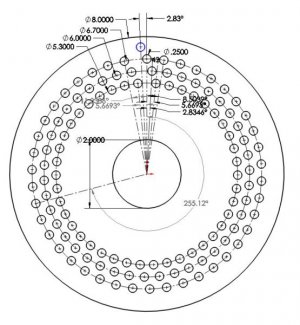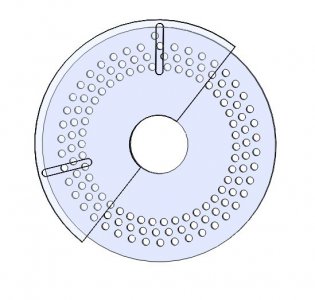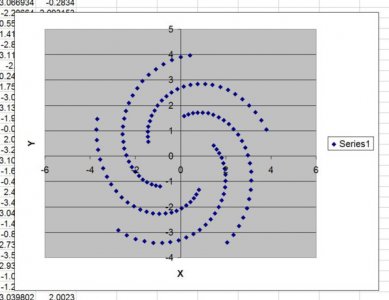- Joined
- Feb 1, 2015
- Messages
- 9,948
My version of PathPilot doesn't have a conversational program for bolt circles but I believe that the later versions do. If I recall correctly, Mach 3 had a wizard that did bolt circle patterns.
My Grizzly DRO has a bolt circle routine that would do a 127 hole pattern. Even though it is a manual operation, it is fairly well fool proof. You pick a hole and the DRO shows how far you are from the position. You just adjust the x and y axis for a 0,0 reading and drill. Hit the up or down arrow to go to the next hole.
My Grizzly DRO has a bolt circle routine that would do a 127 hole pattern. Even though it is a manual operation, it is fairly well fool proof. You pick a hole and the DRO shows how far you are from the position. You just adjust the x and y axis for a 0,0 reading and drill. Hit the up or down arrow to go to the next hole.



